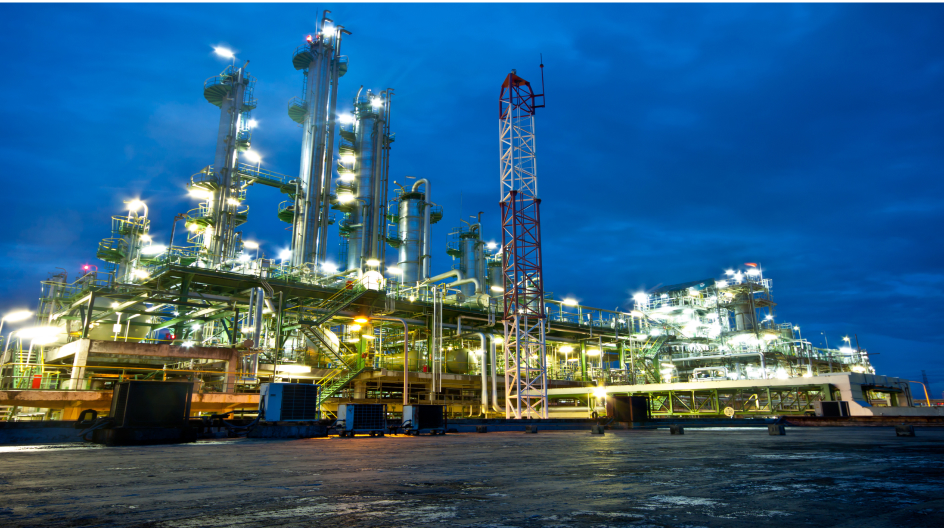The 8-Minute Rule for Roar Solutions
The 8-Minute Rule for Roar Solutions
Blog Article
Roar Solutions for Beginners
Table of ContentsThe Best Guide To Roar SolutionsExcitement About Roar Solutions10 Easy Facts About Roar Solutions Shown
In order to shield installments from a potential explosion an approach of analysing and identifying a possibly hazardous location is needed. The function of this is to make certain the right choice and installation of tools to eventually avoid an explosion and to make sure safety and security of life.
(https://www.40billion.com/profile/91601565)
No equipment should be set up where the surface temperature of the tools is above the ignition temperature level of the offered risk. Below are some common dust dangerous and their minimal ignition temperature level. Coal Dirt 380C 225C Polythene 420C (melts) Methyl Cellulose 420C 320C Starch 460C 435C Flour 490C 340C Sugar 490C 460C Grain Dirt 510C 300C Phenolic Material 530C > 450C Aluminium 590C > 450C PVC 700C > 450C Soot 810C 570C The possibility of the threat being existing in a concentration high enough to trigger an ignition will differ from area to location.
In order to identify this threat an installment is separated into locations of threat relying on the quantity of time the unsafe is existing. These locations are described as Areas. For gases and vapours and dirts and fibers there are three zones. Zone 0 Zone 20 An unsafe environment is very most likely to be present and might exist for lengthy periods of time (> 1000 hours annually) or perhaps continually Area 1 Zone 21 A harmful atmosphere is feasible but unlikely to be present for long periods of time (> 10 450 C [842 F] A category of T6 means the minimum ignition temperature is > 85 C [185 F] Hazardous location electric devices possibly designed for use in higher ambient temperatures. This would indicated on the rating plate e.g. EExe II C T3 Ta + 60C( This suggests at 60C ambient T3 will certainly not be surpassed) T1 T1, T2, T3, T4, T5, T6 T2 T2, T3, T4, T5, T6 T3 T3, T4, T5, T6 T4 T4, T5, T6 T5 T5, T6 T6 T6 A T Course ranking of T1 indicates the optimum surface temperature created by the instrument at 40 C is 450 C. Presuming the linked T Class and Temperature level ranking for the devices are suitable for the area, you can always use a tool with a more rigid Division rating than needed for the area. There isn't a clear solution to this concern. It truly does depend on the kind of devices and what repairs need to be accomplished. Devices with certain examination procedures that can not be done in the area in order to achieve/maintain 3rd party rating. Must return to the manufacturing facility if it is prior to the devices's service. Area Fixing By Authorised Personnel: Challenging testing might not be required nevertheless certain procedures might require to be adhered to in order for the devices to maintain its 3rd event ranking. Authorised personnel have to be used to carry out the work properly Repair work need to be a like for like replacement. New component must be thought about as a straight substitute calling for no special screening of the tools after the repair service is complete. Each tool with a harmful ranking should be reviewed individually. These are laid out at a high degree listed below, however for more thorough details, please refer directly to the guidelines.
The Buzz on Roar Solutions
The tools register is a comprehensive database of tools documents that includes a minimum collection of fields to identify each item's location, technical criteria, Ex-spouse classification, age, and environmental data. The ratio of In-depth to Close assessments will certainly be figured out by the Equipment Risk, which is evaluated based on ignition risk (the probability of a source of ignition versus the likelihood of a combustible ambience )and the unsafe location category
( Zone 0Area 1, or 2). Carrying out a robust Risk-Based Evaluation( RBI )approach is essential for making sure conformity and safety in taking care of Electrical Equipment in Hazardous Areas( EEHA).
The Ultimate Guide To Roar Solutions

In regards to eruptive threat, a dangerous area is an atmosphere in which an explosive environment is existing (or may be expected to be existing) in quantities that require special preventative measures for the building and construction, installation and use of devices. hazardous area course. In this post we check out the challenges encountered in the work environment, the threat control steps, and the called for expertises to work securely
It issues of contemporary life that we manufacture, keep or take care of an array of gases or fluids that are considered combustible, and a variety of dirts that are deemed flammable. These compounds can, in certain problems, develop eruptive environments and these can have significant and awful repercussions. A lot of us know with the fire triangular get rid of any one of the three elements and the fire can not occur, but what does this mean in the context of dangerous locations? When breaking this down right into its easiest terms it is basically: a mix of a specific quantity of release or leak of a particular material or product, blending with ambient oxygen, and the visibility of internet a resource of ignition.
In many circumstances, we can do little concerning the levels of oxygen in the air, however we can have significant influence on sources of ignition, for instance electrical equipment. Dangerous areas are documented on the harmful location classification drawing and are recognized on-site by the triangular "EX" indication. Here, among other vital details, zones are divided into 3 kinds relying on the threat, the possibility and duration that an explosive atmosphere will certainly exist; Zone 0 or 20 is regarded the most dangerous and Zone 2 or 22 is regarded the least.
Report this page